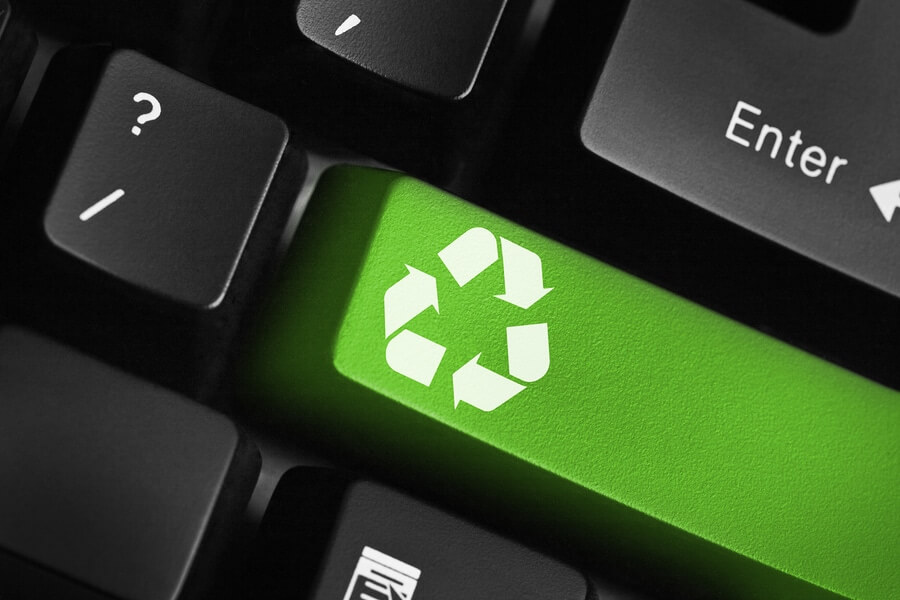Getting rid of equipment with technology from the past now requires taking as many forecasts as when it was first bought.
The IT departments that practice asset management are learning to master the art of retiring hardware at the right time. But making the decision to withdraw IT equipment is only the beginning, technology managers must find out what to do with systems that have already spent their best time.
Gone are the days when IT administrators took used laptops home for their young children, or when companies sent trucks loaded with old monitors to the local recycling center (or, to the trash).
Now, thanks to privacy laws, environmental regulations, software licensing regulations and other factors, proper disposal of computer equipment requires companies to spend significant time and sometimes significant amounts of money.
There are thousands of ways to get rid of old hardware, but not all of them are equally viable in the eyes of IT companies. For example, the renewal of PCs and laptops for internal reuse is an option, but few organizations do.
The purchase of new brand systems does not cost much these days, while the renovation of internal systems can be expensive as well as time-consuming, and may also require specialized knowledge.
When it comes to larger objects such as data center equipment, some manufacturers now offer the option of taking old systems to recycle or restore them, when the customer buys a new system, however this practice is still not very common.
Giving or selling old equipment to employees for personal use is another option. That leaves recycling, donation and resale as the three most manageable options for most companies, when retiring the hardware.
Smaller companies with less hardware may be able to handle the removal tasks themselves, large companies with tens or hundreds of thousands of computers located worldwide are more likely to turn to a third party to handle any option that choose.
Typically subcontractors - called sellers of "the disposal of IT assets" - will reuse or resell components that remain viable.
The plastic is sold to processors that can convert it into pellets, and the copper is sold to the brass or copper factories.
In the end, practically nothing is wasted. "There may be a very small amount of leftover material, which is considered lint - maybe 1% to 2% of the weight (of the original asset) that has to be disposed of in a hazardous waste landfill."
As the market becomes saturated, some disposal service providers have begun to profit, causing industry observers to recommend that companies ask their subcontractors to prove that they are disposing of their assets in a legally and environmentally responsible manner.

